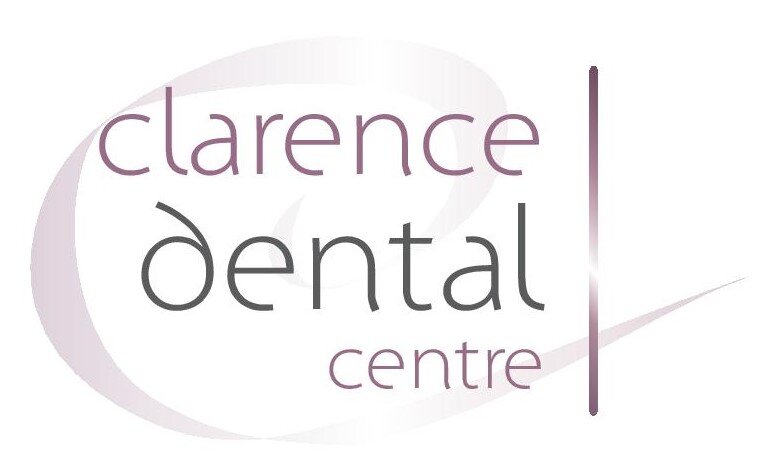Toothbrushing - it’s all about technique!
Brushing our teeth is the sort of every day, mundane task we don’t often put a lot of thought into – but perhaps we should! After all, it’s what we do at home that makes all the difference to our oral health and the longevity of our teeth and gums as we age.
It is easy to mindlessly scrub away at our teeth, without giving the technique much thought. When it comes it toothbrushing however, HOW we do it is super important. A couple of tips to keep in mind:
Always use a soft tooth brush – it amazes us that medium and hard brushes are even on the market, given that you’ll never find a dentist that recommends these! The bristles of medium and hard tooth brushes are too abrasive on the teeth and gums and can lead to irreversible gum recession and damage to the teeth, leading to sensitivity. A soft tooth brush, when used correctly, is what you need to effectively remove the plaque from your teeth without causing damage.
Use a brushing technique of small circles when you brush, rather than long back and forward scrubbing motions that covers multiple teeth at once. This ensures that you focus on each tooth in turn, increasing the effectiveness of your brushing and reducing the risk of tooth brush abrasion of your teeth, which happens when we are too heavy handed.
By using the same routine every time you brush, you will soon develop a habit where no surface of the tooth is forgotten, even if you mentally check out for a moment. For example, clean the outside surfaces next to the cheeks first (each tooth in turn), then the inside surfaces, then the biting surfaces.
Use a fluoridated tooth paste, and spit out but do not rinse your mouth with water once you finish brushing. This leaves a microfilm of fluoride coating the teeth, adding some additional protection for hours to come.
If you notice that your gums bleed when you brush, this is an indication that plaque has been left behind for an extended period of time, leaving the gums inflamed and prone to bleeding. This is an indication that you need to pay more attention to cleaning at the gum line to remove plaque more effectively. To achieve this, angle your toothbrush at a 45 degree angle towards the gum as you brush.
Who knew there was so much to think about when considering the humble tooth brushing routine! While tooth brushing forms the basis of our oral health routines, it is important to remember to floss every day to clean the in between areas of the teeth that the tooth brush cannot reach.


